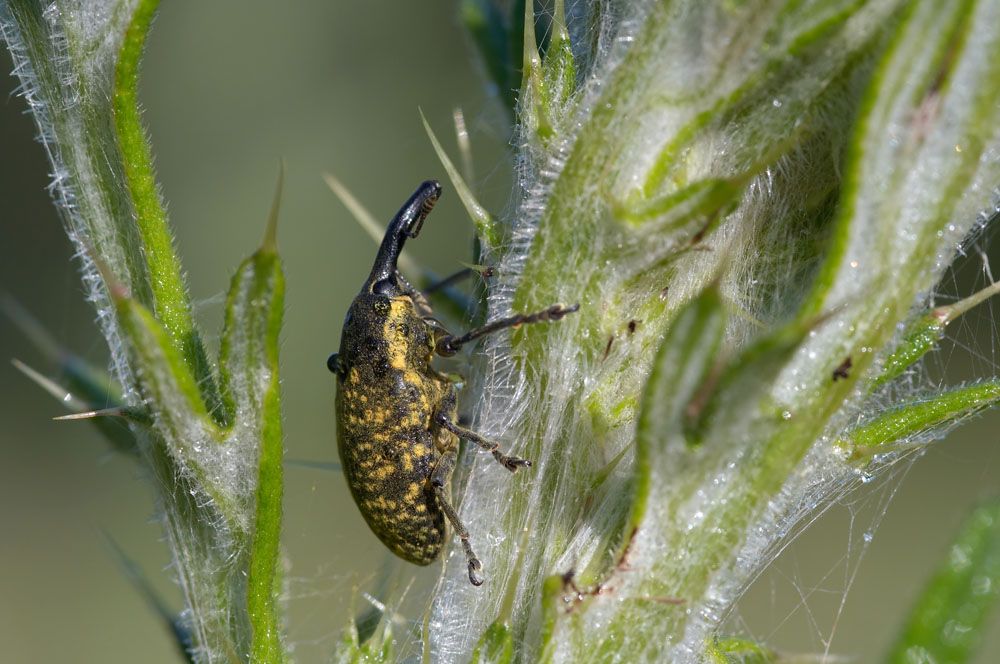
Pales Weevil – Hylobius pales
Pales Weevil (Hylobius pales)
Latin Name: Hylobius pales
Common Name: Pales Weevil
Appearance:
- Weevils are muscular, hard-shelled beetles with a stiff, conspicuous snout that ends in small biting mouthparts. The appearance of the palisade weevil and the pitch-eating weevil is similar.
- Adults are virtually black and frequently have pale patterns. They range in length from 14 to 13 inches. Both species’ larvae are legless, about 14 inches long, and white with a dark brown head capsule.
- Pupae are white and have a unique weevil beak.
- The eggs are tiny and white.
Host plants:
Beetles eat the bark of all conifers, both natural and cultivated. The most common host is white pine.
Territory:
Throughout in united states, especially Canada and North America
Damage caused by White Pine Weevil:
This weevil could be the most serious insect pest of pine renewal in recently logged pine areas. In newly established pine plantations, it has caused significant damage. There have been reports of 90 percent mortality rates. Fresh pine resin attracts adults to recently logged areas, where they feed after dark on the sharp bark at the foot of newly planted seedlings. Heavy feeding girdles and kills seedlings quickly.
Description about Leafminers:
Leafminer adults are relatively small flies with yellow regions on their thorax, legs, and abdomen. They have yellow sections on their thorax, legs, and stomach and are 0.1 inch (2.5 mm) length. A yellow patch around the base of the wings is frequently noticeable. Maggot larvae are usually buried between leaf surfaces in the mines where they feed; they range in colour from yellow to white, are 0.25 to 0.33 inches long, flat at the back end and pointed in front, and are 0.25 to 0.33 inches long, blunt at the back end and pointed in front, and are 0.25 to 0.33 inches long, flat at the back end and pointed in front. Underground or in mines, pupation takes place. The life cycle lasts around 23 days throughout the summer.
Life history and Habits:
The adults, strong, dark reddish-brown to black snout beetle about 1/4 to 3/8 inch (6-10 mm) in length, overwinter in the soil near seedlings. Adult weevils emerge from hibernation in April and May and feed at night on the fragile bark of young trees. Weevils return to the ground throughout the day to hide, allowing infestations to go undetected Adult weevils eat until July when they are ready to lay eggs. In freshly cut pine stumps and slash, eggs are placed singly. The smell of newly cut pine stumps and slash attracts the adults, who can travel up to several miles to new mating habitats. Fresh pine fires make excellent breeding material as well. The eggs hatch in about two weeks and the grubs or larvae feed beneath the bark until they reach adulthood in late August or early September. The pupation process takes around two weeks in a shallow cell in sapwood before the adults emerge in September.
